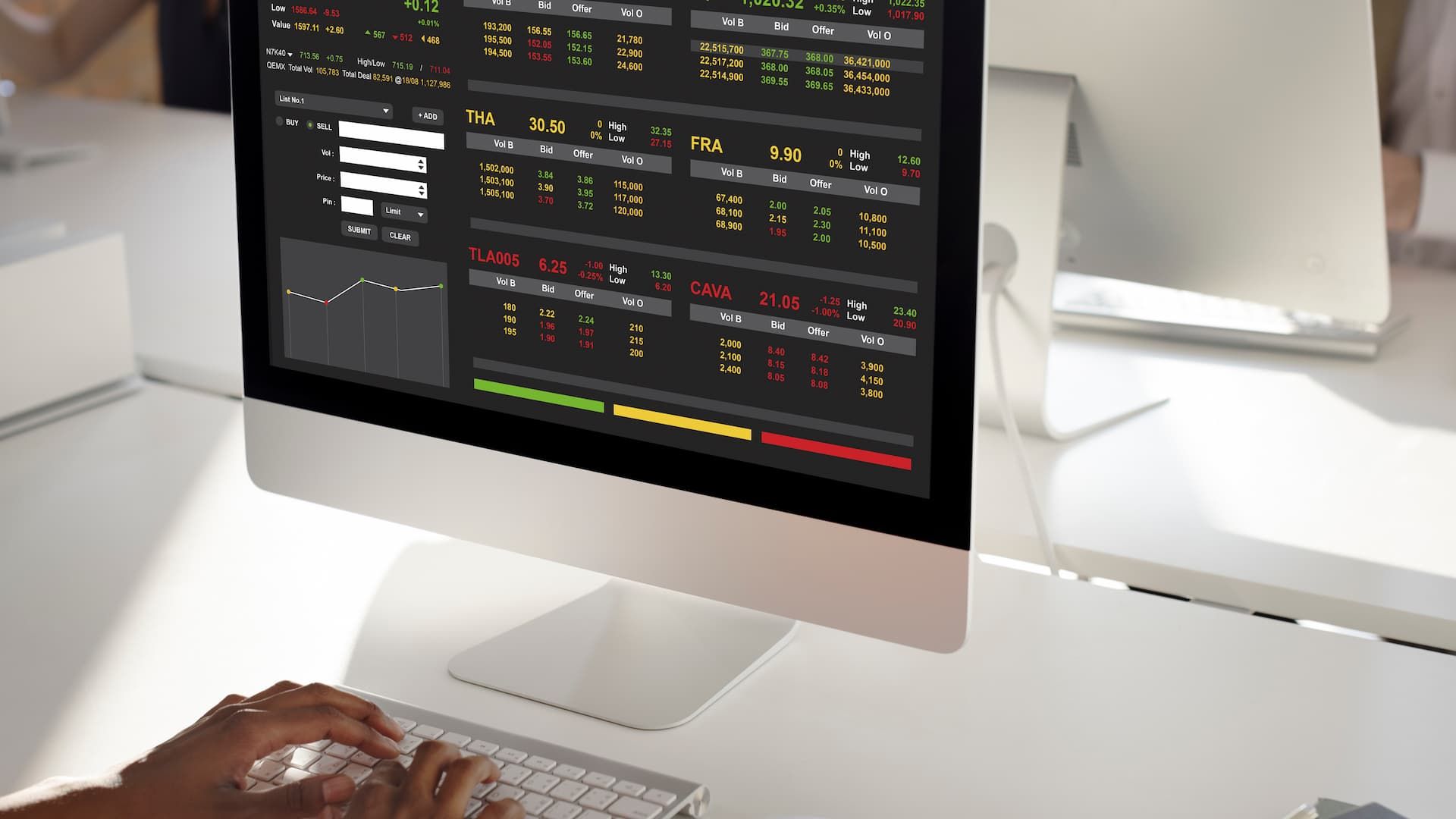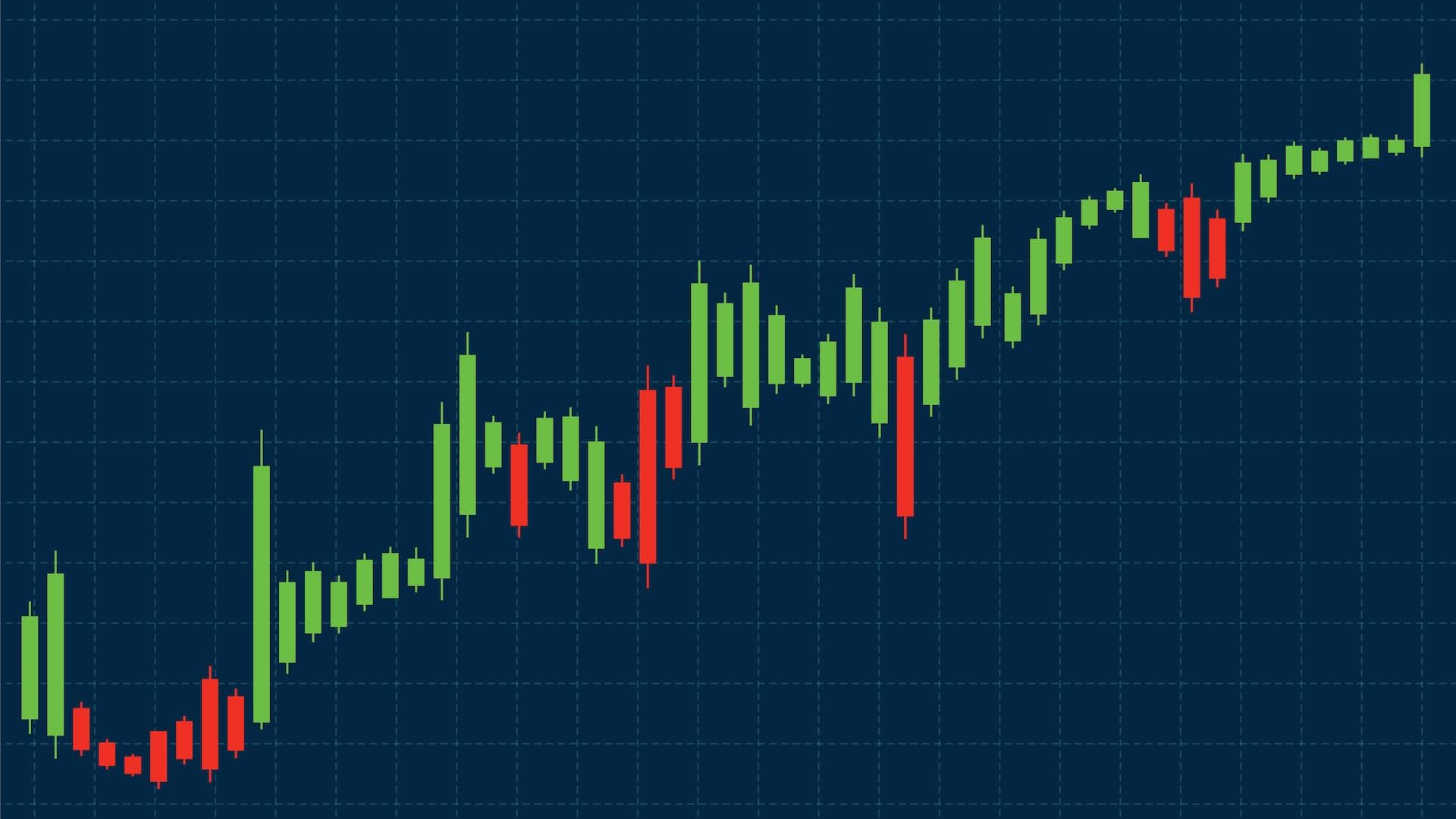In modern trading strategy, managing exits is just as important as choosing entries. Tools like take profit orders and trailing stops help traders respond to market movements without constant monitoring. Whether you follow support and resistance levels or trade trending markets, these tools protect gains and reduce stress. Mastering them builds discipline, improves risk management, and helps you consistently lock in profits.
Why Take Profit and Trailing Stops Matter in Risk Management
Both tools ensure traders avoid emotional decisions when the current stock price moves fast. A take profit order automatically closes a trade at a predefined take profit point, while a trailing stop adjusts with the current market price. Together, they limit losses when the stock price drops and secure gains in a volatile market. This balance is the foundation of sustainable risk management.
Balancing Take Profit with Stop Loss Orders
Setting a take profit too close may cap potential gains, while placing a stop price too tight risks premature exits. Traders should consider purchase price, current price, and support and resistance levels when defining both. This balance allows flexibility if market movements extend beyond expectations. The goal is to create enough room for trades to develop while still protecting capital.
Understanding the Risks Involved
Poorly placed take profit orders can cause missed opportunities, especially in trending markets. If the limit price is set unrealistically, trades may never close, leaving profits exposed. Traders must evaluate the current stock price against market conditions and adjust accordingly. Without proper planning, even advanced tools can fail to prevent losses.
Take Profit Orders in Practice
In practice, take profit orders remove the need for constant monitoring of trading platforms. They let you define a clear take profit point where your stock price objective is met. This structured approach keeps risk management consistent even in fast market movements. It also helps traders stay objective, focusing on their overall trading strategy.
How to Place a Take Profit Order
Placing a take profit order means setting a predefined limit price above the purchase price. Traders often align it with support and resistance levels or recent price action. By connecting it to the current market price, they ensure trades close as planned when conditions are favorable. This method reduces emotional bias and enforces structured exits.
Choosing the Right Price Level
Selecting the correct price level requires analyzing market movements and the current stock price. Advanced traders combine technical tools with risk management to optimize entries and exits. The chosen level should reflect realistic gains while adapting to volatile market conditions. This ensures traders lock in profits without leaving trades vulnerable.
Using Take Profit During High Market Volatility
In a volatile market, stock price drops and spikes can happen within minutes. Setting a smart take profit order secures gains when the current price swings aggressively. Traders should adjust their trading strategy to account for trending markets and wider support and resistance levels. With the right setup, they protect gains and maintain consistency even during unpredictable market movements.
Stop Loss Orders and Their Role
Stop loss orders act as a safety net for traders, protecting against heavy losses when price moves go the wrong way. They provide a clear exit point tied to the entry price, ensuring discipline. Whether you trade manually or through trading systems, a well-placed stop loss can mean the difference between survival and blowing up your account. Every trading provider integrates this function to support smarter managing trades.
What Is a Stop Loss Price?
A stop loss price is the level where your broker will automatically close an existing position. Traders set this level based on technical analysis or volatility ranges, limiting exposure if the stock price drops. By defining a stop loss in advance, you avoid emotional decision-making during sharp price movements. This simple tool protects capital while keeping your focus on future potential profit.
Stop Loss Orders vs. Limit Orders
A stop loss exits you when the market turns against you, while a limit order helps secure gains at favorable levels. Both work together to maximize winning trade scenarios and minimize premature exits. Using them on most trading platforms ensures structured managing trades instead of guessing. By balancing both, traders adapt better to sudden market moves.
Setting Stop Loss to Manage Risk
Placing a stop loss too tight may cause premature exits, while a wide one risks large drawdowns. Smart traders combine stop loss orders with support and resistance levels to find balance. The key is adjusting the stop loss price to both strategy and volatility. In volatile markets, this flexibility helps protect against spikes without cutting off potential profit.
Trailing Stops in Different Market Conditions
A trailing stop loss follows price movements automatically, securing gains as price increases. Unlike a traditional stop loss, it moves dynamically with the trend. This approach removes emotional errors, allowing traders to let a winning trade run longer. In fast market hours, trailing stops adapt faster than manual adjustments.
How Trailing Stops Work in Market Volatility
In a volatile market, price moves can wipe out profits in seconds. A trailing stop loss acts as a flexible safety net, protecting gains when reversals occur. It helps avoid premature exits by adjusting gradually to shifts. For managing trades, this is one of the most effective automation tools.
Trailing Stops vs. Fixed Stop Loss
A traditional stop loss stays static, while a trailing stop loss adapts as the current price rises. This difference means traders can lock in profits while letting the trade develop. The trailing method reduces missed potential profit compared to fixed stops. It’s a core tactic in advanced trading strategies.
Combining Trailing Stops with Market Orders
When paired with a market order, a trailing stop loss ensures positions automatically close at the right time. This synergy works across trading systems and multiple assets. Traders can apply it to any existing position to reduce risks in sudden market moves. It provides a consistent edge in managing trades efficiently.
Advanced Strategies for Smart Trading
By combining risk management with dynamic orders, you can protect against losses and maximize gains. Using take profit, stop loss, and trailing stop loss together creates a structured framework. This approach adapts to changing market conditions and helps consistently lock in profits.
Integrating Take Profit with Stop Loss and Trailing Stops
The strongest strategies blend take profit with stop loss for protection and a trailing stop loss for flexibility. This integration means you secure gains without leaving too much on the table. When the current price runs in your favor, the trailing stop locks progress, while take profit captures a defined target. Together, these tools create balance between safety and opportunity.
Adjusting Orders as Market Conditions Change
Markets shift constantly, and so should your orders. In volatile markets, widen your stop loss or adjust your take profit to reflect bigger swings. During trending moves, a trailing stop loss can ride momentum while reducing downside risk. Continuous monitoring ensures that your risk management plan stays aligned with real-time market conditions.











